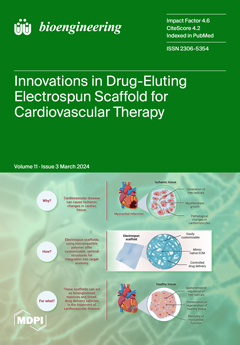The central nervous system (CNS) controls movements and regulates joint stiffness with muscle co-activation, but until now, few studies have examined muscle pairs during running. This study aims to investigate differences in lower limb muscle coactivation during gait at different speeds, from walking to running. Nineteen healthy runners walked and ran at speeds ranging from 0.8 km/h to 9.3 km/h. Twelve lower limb muscles’ co-activation was calculated using the time-varying multi-muscle co-activation function (TMCf) with global, flexor–extension, and rostro–caudal approaches. Spatiotemporal and kinematic parameters were also measured. We found that TMCf, spatiotemporal, and kinematic parameters were significantly affected by gait speed for all approaches. Significant differences were observed in the main parameters of each co-activation approach and in the spatiotemporal and kinematic parameters at the transition between walking and running. In particular, significant differences were observed in the global co-activation (CI
glob, main effect F
(1,17) = 641.04,
p < 0.001; at the transition
p < 0.001), the stride length (main effect F
(1,17) = 253.03,
p < 0.001; at the transition
p < 0.001), the stride frequency (main effect F
(1,17) = 714.22,
p < 0.001; at the transition
p < 0.001) and the Center of Mass displacement in the vertical (CoM
y, main effect F
(1,17) = 426.2,
p < 0.001; at the transition
p < 0.001) and medial–lateral (CoM
z, main effect F
(1,17) = 120.29
p < 0.001; at the transition
p < 0.001) directions. Regarding the correlation analysis, the CoM
y was positively correlated with a higher CI
glob (
r = 0.88,
p < 0.001) and negatively correlated with Full Width at Half Maximum (FWHM
glob,
r = −0.83,
p < 0.001), whereas the CoM
z was positively correlated with the global Center of Activity (CoA
glob,
r = 0.97,
p < 0.001). Positive and negative strong correlations were found between global co-activation parameters and center of mass displacements, as well as some spatiotemporal parameters, regardless of gait speed. Our findings suggest that walking and running have different co-activation patterns and kinematic characteristics, with the whole-limb stiffness exerted more synchronously and stably during running. The co-activation indexes and kinematic parameters could be the result of global co-activation, which is a sensory-control integration process used by the CNS to deal with more demanding and potentially unstable tasks like running.
Full article






